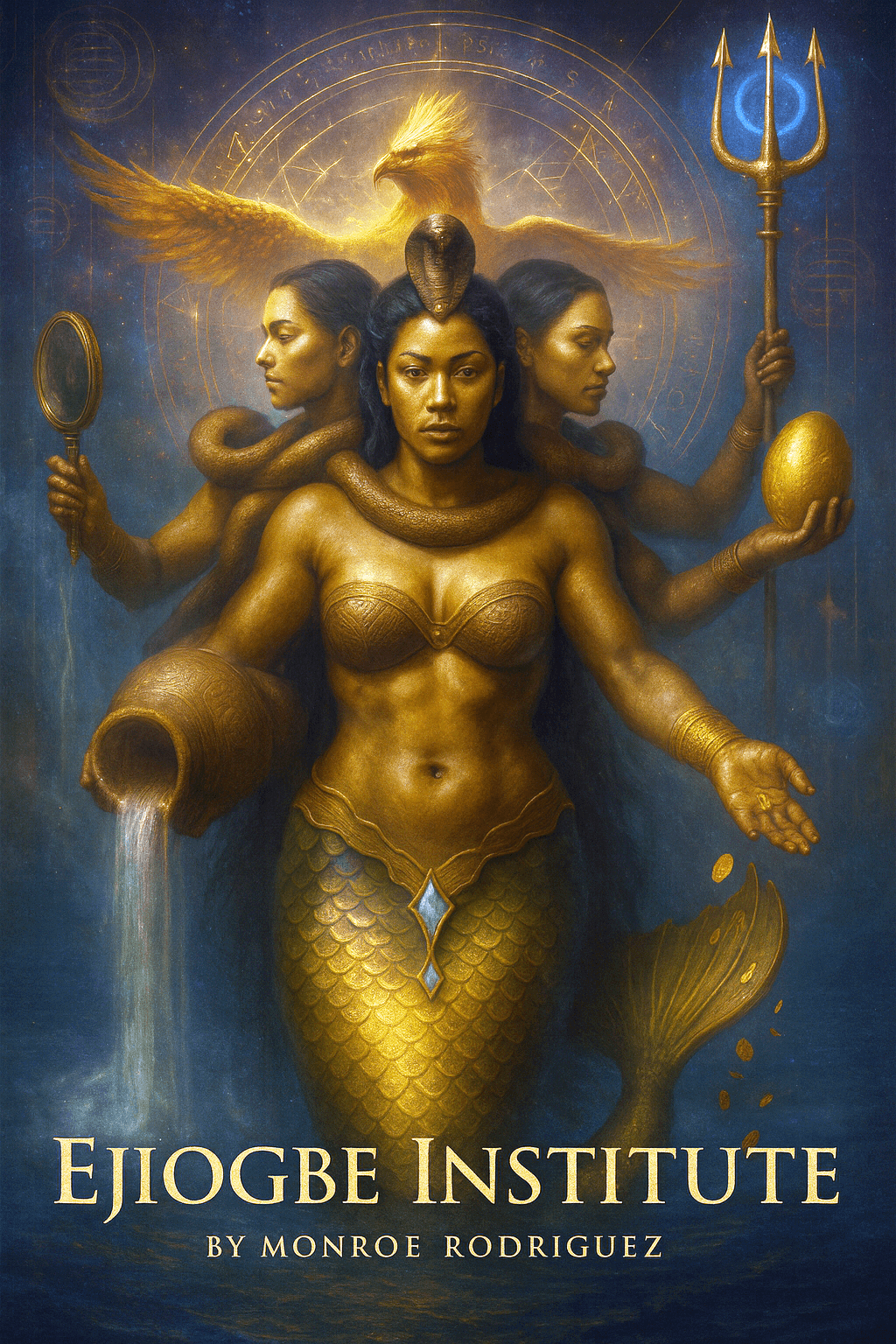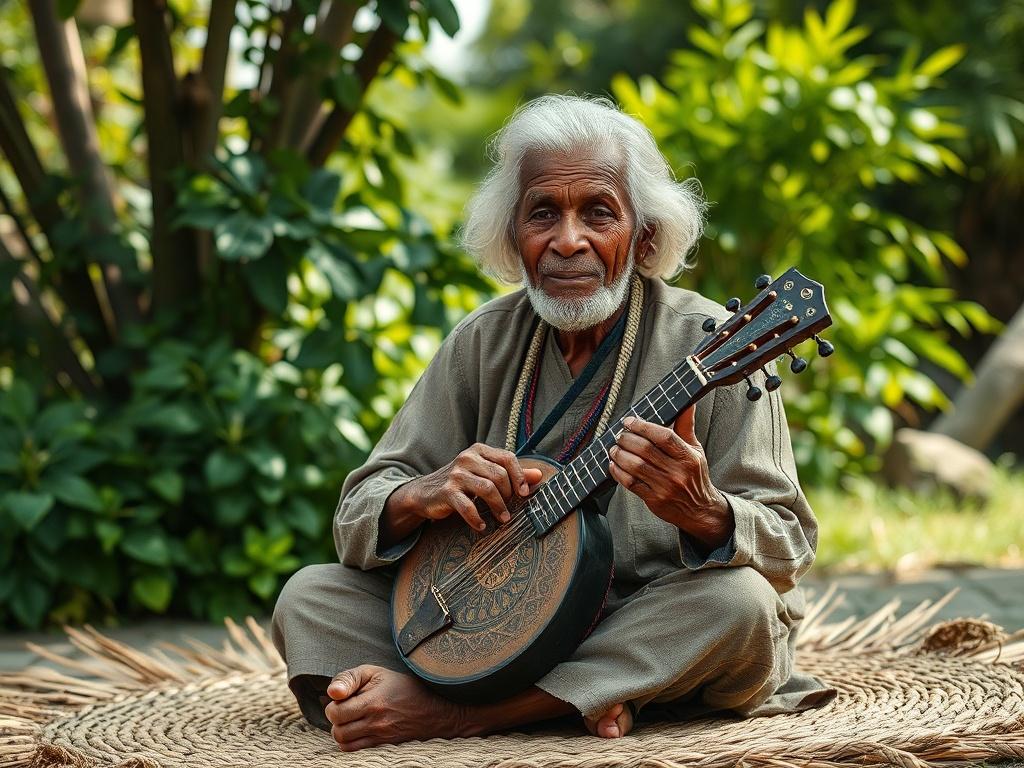
7 Mistakes You're Making with Cultural Preservation (and How Elders Are Fighting Back)
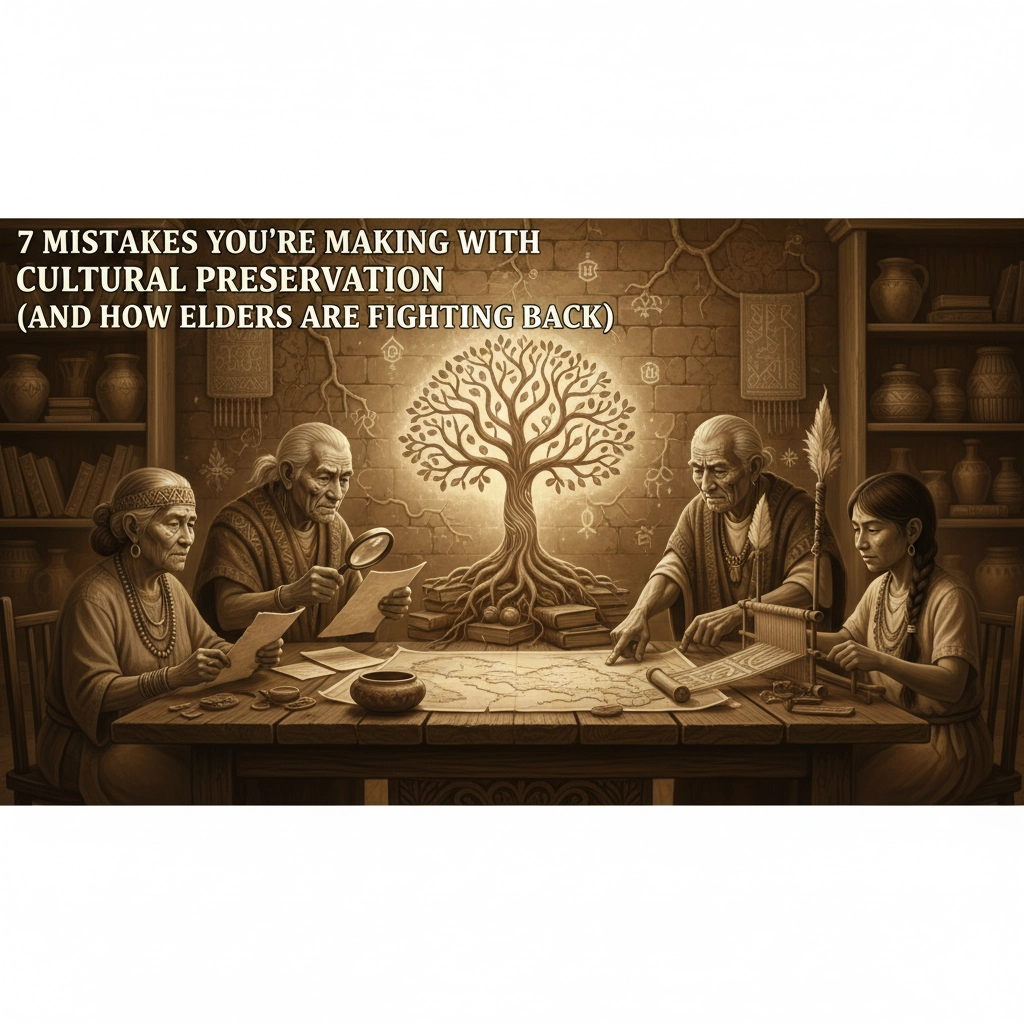
Cultural preservation stands as one of our most sacred responsibilities: yet across communities worldwide, well-intentioned efforts are failing our ancestors' legacy. From corporate boardrooms to community centers, these mistakes threaten the very heritage we seek to protect. But our elders aren't standing silent. They're rising up, reclaiming their voices, and teaching us the true meaning of preservation.
Mistake #1: Amateur Restoration Destroying Ancestral Artwork
The most visible preservation disasters occur when untrained hands attempt to "restore" sacred cultural artifacts. In Borja, Spain, 80-year-old Doña Cecilia Giménez's attempt to restore the Ecce Homo painting became a cautionary tale heard around the world. What began as devotion to preserving a 1930 masterpiece by Elías García Martínez ended in international headlines about botched restoration.
Spain witnessed another tragedy when a 16th-century polychrome sculpture of St. George at St. Michael's Church in Estella was carelessly repainted. Centuries of subtle detail and authentic craftsmanship vanished under modern paint, erasing the delicate work of ancestral artisans.
How Elders Are Fighting Back: Community elders are demanding professional training programs and establishing networks of certified cultural conservators. They're creating mentorship systems where traditional knowledge holders work alongside trained restoration specialists, ensuring that both technical skill and cultural understanding guide every preservation effort.
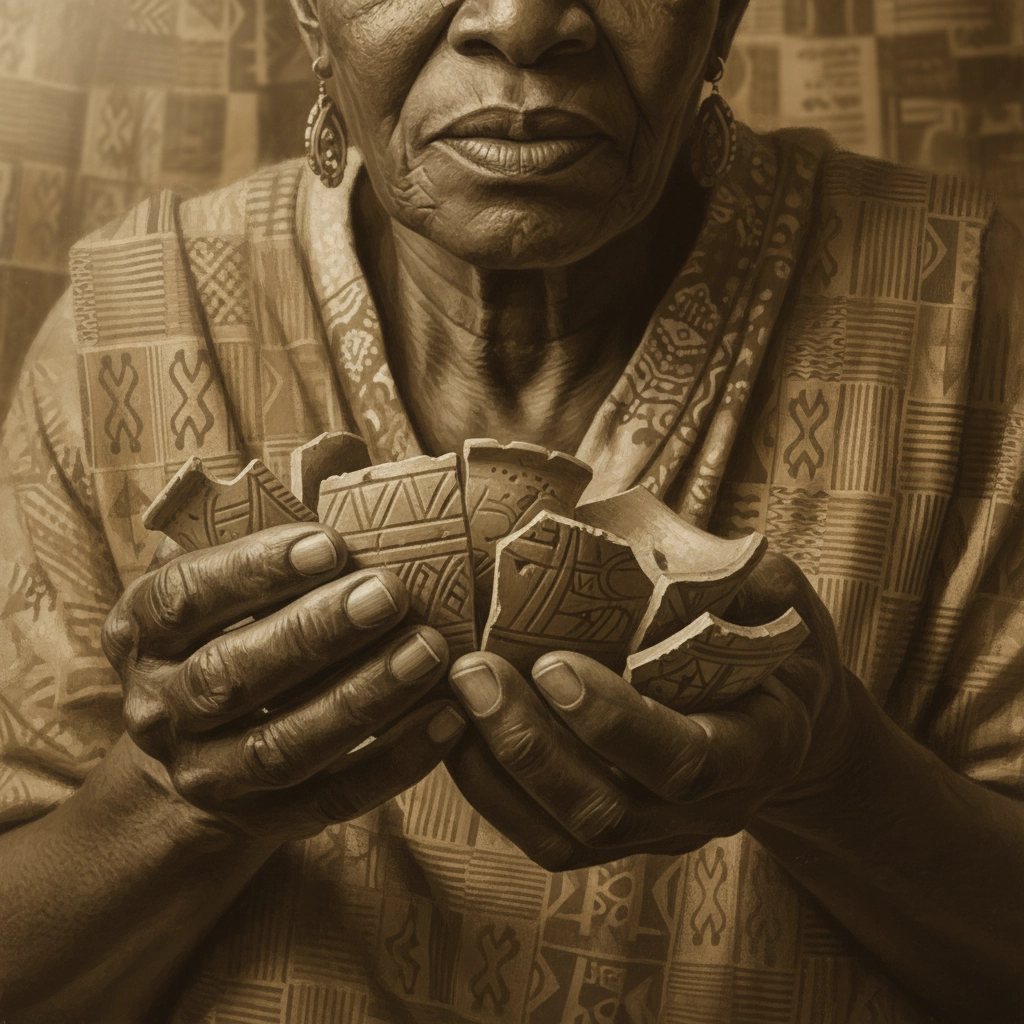
Mistake #2: Corporate Destruction Masquerading as Progress
Perhaps no mistake cuts deeper than corporate entities treating cultural heritage as disposable inventory. In the early 1960s, RCA Records committed what Billboard called "wholesale vault trashing" when they dynamited their Camden, New Jersey warehouse. Four floors of irreplaceable vinyl and metal master recordings: along with the historic building itself: were bulldozed into the Delaware River.
This triple failure represents environmental destruction, architectural loss, and the obliteration of cultural memory. While laws now protect buildings and waterways, corporations can still legally destroy master recordings and cultural materials with impunity.
How Elders Are Fighting Back: Elder musicians and cultural keepers are establishing independent archives and community-controlled preservation initiatives. They're lobbying for legal protections that classify cultural recordings and artifacts as protected heritage, not corporate property. These wisdom holders understand that once our voices are silenced, they cannot be recovered.
Mistake #3: Preservation That Displaces Living Culture
Urban renewal projects disguised as cultural preservation create devastating paradoxes. Historic districts become gentrified showcases where original community members can no longer afford to live. The physical structures survive while the living culture: the daily practices, family networks, and ancestral knowledge: gets priced out and scattered.
This approach prioritizes buildings over people, preserving the shell while killing the soul. Traditional businesses close, elder storytellers move away, and the intangible heritage that gave these places meaning disappears forever.
How Elders Are Fighting Back: Community elders are demanding seats at planning tables and establishing community land trusts to prevent displacement. They're creating oral history projects that document not just events, but the everyday wisdom, recipes, songs, and stories that make neighborhoods culturally significant. These preservation warriors understand that culture lives in people, not just places.
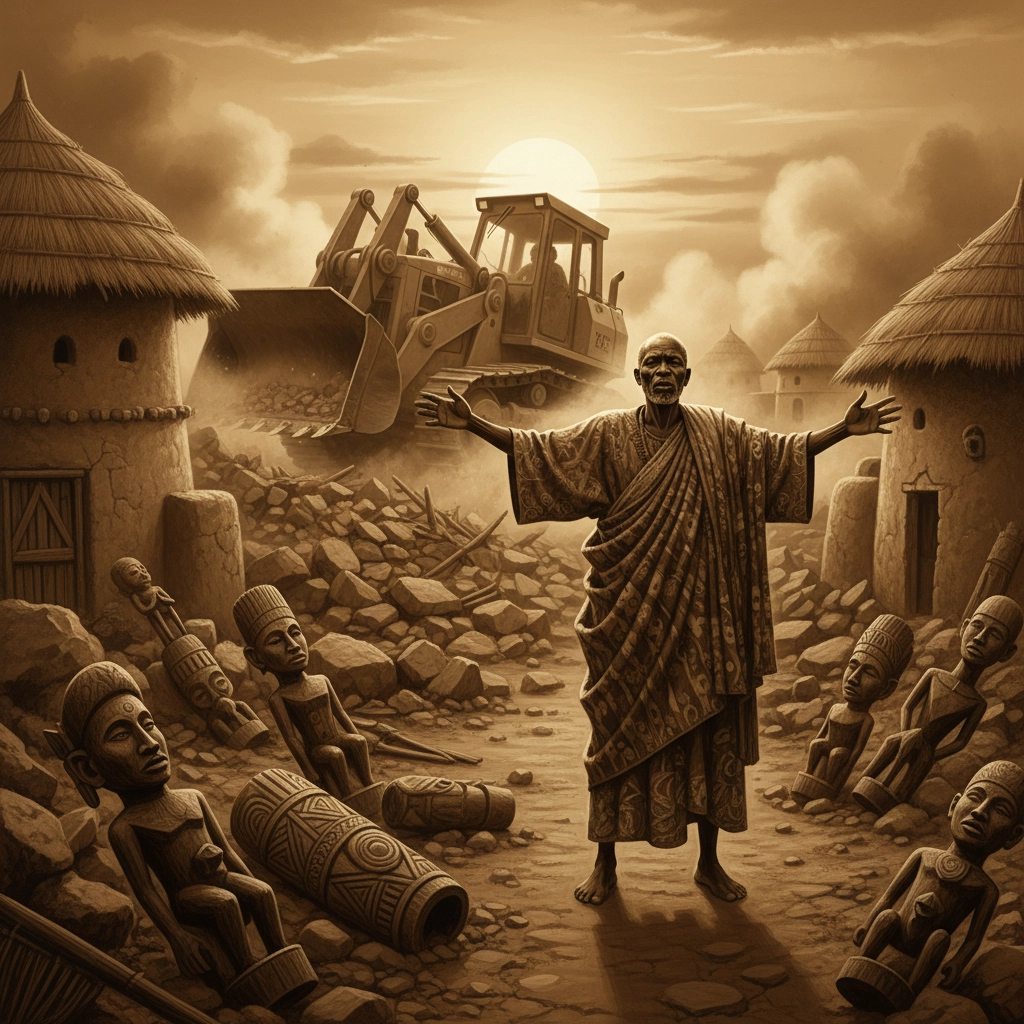
Mistake #4: Restricting Access to Traditional Territories
When governments declare traditional lands as protected cultural sites without consulting indigenous and local communities, they often restrict the very people whose ancestors shaped these landscapes. Subsistence practices, ceremonial gatherings, and traditional resource management: developed over generations: suddenly become illegal activities.
These top-down preservation models treat culture as a museum exhibit rather than a living practice. Communities lose access to sacred sites, traditional medicines, and the land-based knowledge that connects them to their heritage.
How Elders Are Fighting Back: Indigenous elders and traditional knowledge keepers are asserting their rights as primary stewards of ancestral territories. They're developing co-management agreements that recognize their historical stewardship while meeting conservation goals. These leaders demonstrate that traditional ecological knowledge often provides superior environmental protection compared to exclusionary preservation models.
Mistake #5: Silencing Diverse Voices Through Institutional Conformity
Cultural preservation institutions sometimes demand total allegiance to established approaches, discouraging new perspectives or innovative methods. Family foundations, cultural boards, and heritage organizations can become echo chambers that resist fresh voices and evolving community needs.
This conformity trap creates cookie-cutter preservation strategies that fail to adapt to changing circumstances or incorporate diverse viewpoints. Young voices, women's perspectives, and marginalized community members find their contributions unwelcome, weakening the very preservation efforts they could strengthen.
How Elders Are Fighting Back: Progressive elders are opening institutional doors and mentoring younger cultural keepers. They're establishing inclusive decision-making processes that honor both traditional authority and emerging voices. These bridge-building elders understand that cultural preservation requires both continuity and evolution.

Mistake #6: Digital Preservation Without Cultural Context
Technology offers unprecedented opportunities to preserve cultural materials, but digitization without cultural understanding creates digital graveyards. Audio recordings stripped of context, photographs without stories, and documents lacking interpretive frameworks become meaningless data rather than living heritage.
Many digital preservation projects focus on quantity over quality, creating vast databases that scholars might access but communities cannot use. The spiritual significance, ceremonial protocols, and traditional knowledge systems that give cultural materials meaning get lost in the rush to digitize everything.
How Elders Are Fighting Back: Elder knowledge keepers are insisting on community-controlled digital preservation that includes cultural protocols, usage guidelines, and interpretive context. They're working with technology developers to create platforms that respect traditional knowledge systems while making heritage accessible to future generations. These digital wisdom keepers understand that preservation without understanding equals cultural death.
Mistake #7: Treating Culture as Static Rather Than Living Heritage
The most fundamental mistake treats culture as a museum piece to be frozen in time rather than a living system that grows and adapts. This static approach creates artificial boundaries around "authentic" cultural practices while dismissing contemporary expressions and evolutionary changes.
Communities become trapped in historical reenactment rather than continuing their cultural journey. Traditional knowledge holders feel pressured to perform "authenticity" for outsiders while being discouraged from innovating or adapting their practices to contemporary needs.
How Elders Are Fighting Back: Visionary elders are teaching communities to distinguish between cultural core values and their expressions. They're demonstrating how traditional wisdom can address modern challenges while maintaining spiritual and cultural integrity. These cultural leaders understand that preservation means keeping the river flowing, not turning it into ice.
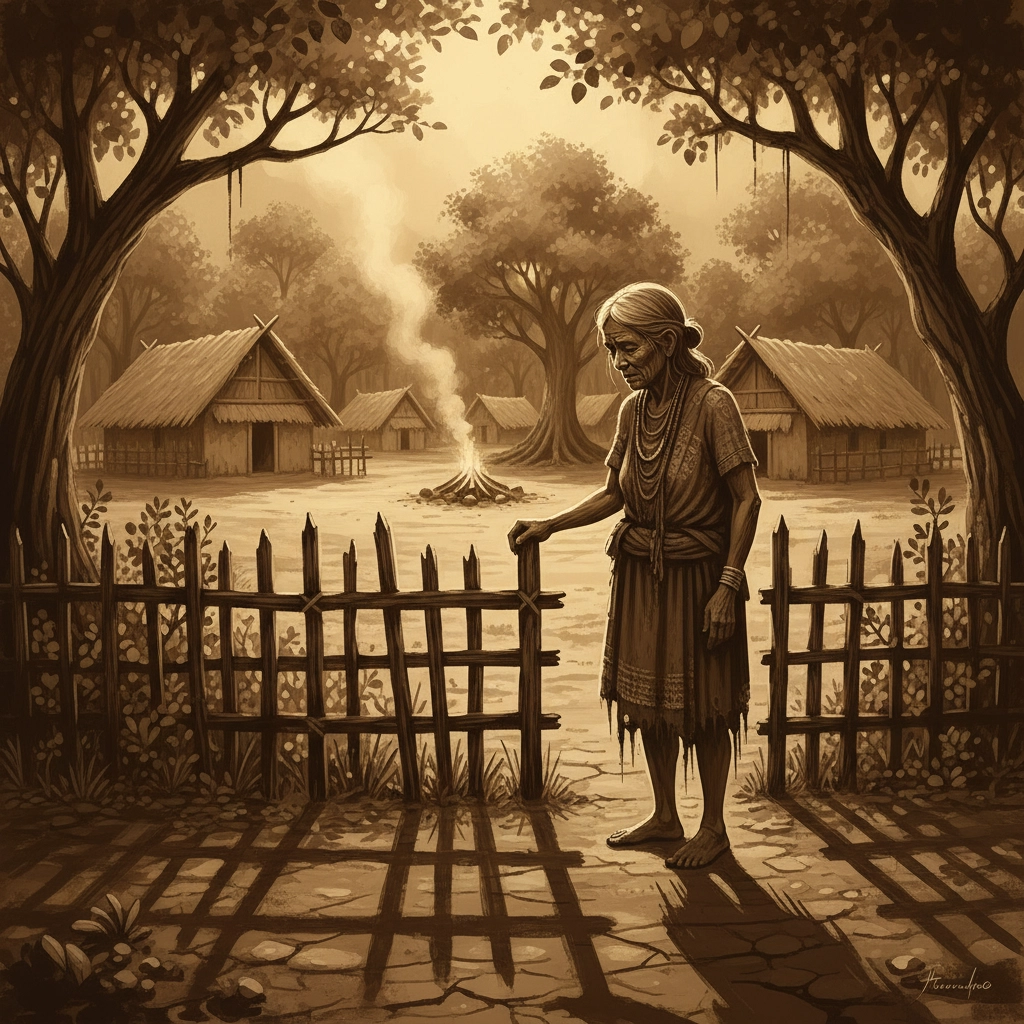
The Elder Renaissance in Cultural Preservation
Across communities worldwide, elders are reclaiming authority over their cultural heritage. They're establishing community-controlled preservation initiatives, training younger generations in traditional knowledge, and demanding decision-making power in preservation efforts.
These wisdom holders bring irreplaceable perspective to distinguishing between meaningful preservation and harmful interference. They understand that true cultural preservation supports living communities, honors ancestral wisdom, and creates pathways for future generations to connect with their heritage.
The elder-led preservation movement recognizes that culture lives in people, practices, and relationships: not just objects and buildings. By centering elder voices and traditional knowledge systems, communities can avoid the devastating mistakes that have characterized too many preservation efforts.
Our elders are teaching us that preservation isn't about creating museums: it's about keeping ancestral wisdom alive, accessible, and relevant for future generations. When we listen to their voices and follow their leadership, we honor both our heritage and our responsibility to those yet to come.
The fight for authentic cultural preservation continues, but with elders leading the way, our ancestral voices will not be silenced. Their wisdom guides us toward preservation practices that honor the past while nurturing living culture for generations to come.
